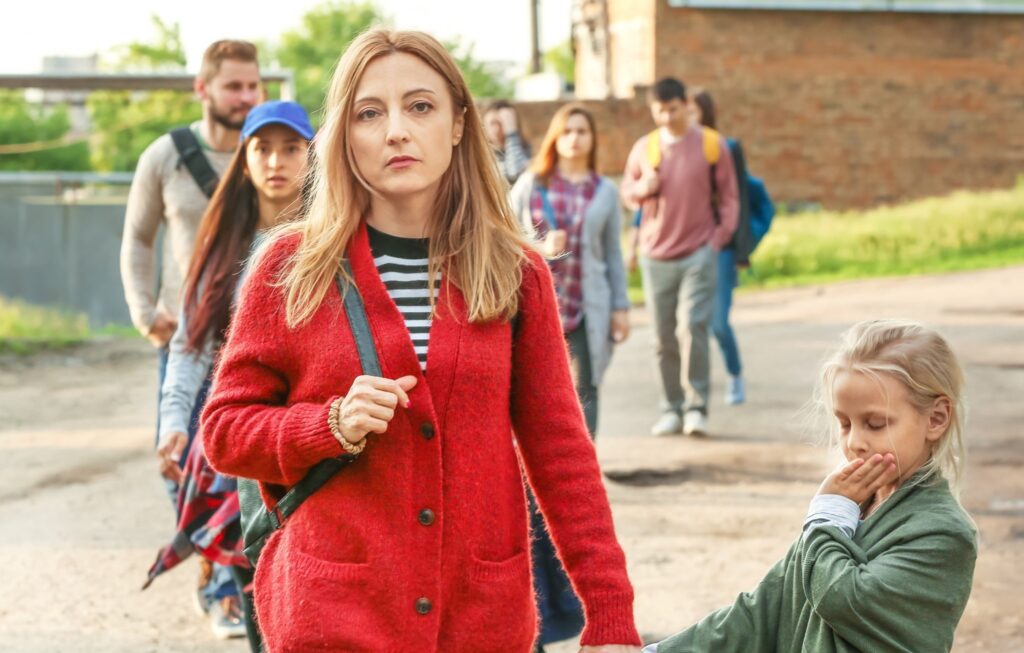

Demand for language courses yet a desire to return home: How over 7 million displaced Ukrainians are integrating

Thanks to the activity of the public sector and the implementation of projects supported by both Ukrainian and foreign donors, there are now a number stories of the successful integration of IDPs. This is the findings of a study on the integration of IDPs in Ukraine and abroad, conducted by the NGO «Horizon of Change» and the «MHP-Gromadi» Foundation. The link to the online broadcast of the research presentation is here:
What factors slow down the integration of IDPs in Ukraine?
A number of important factors that slows down the integration of IDPs into communities are psychological. Many perceive moving and living in another place as a temporary phenomenon, and seek to return home as soon as possible. Therefore, they don’t want to build new relationships in new places. This sentiment is frequently echoed by employers, who are cautious about hiring people, recognizing that they could leave at any time.
“People hope to return to their homes despite the uncertainty caused by the war or occupation. Because of this, they may consciously or unconsciously ignore all opportunities for integration into the community. They may even resist them, because psychologically it will be a rejection of their dreams of returning to their previous life,” says Victoria Feofilova, head of the NGO «Horizon of Change».
Integration of IDPs is an important element of community development
Among the integration activities aimed at acquiring new knowledge or skills, IDPs’ request for language courses is at the top of the list.
“In fact, language has begun to unite Ukrainians from the East and West, North and South. Many people in the communities want to improve their Ukrainian language, and this is an important factor in integration, as the language issue is most often cited as a cause of tension between IDPs and locals. For example, language courses with certificates of completion called “A Cup of Language in Rivne,” Ukrainian conversation clubs, watching and discussing Ukrainian movies,” says Victoria Feofilova, head of the NGO «Horizon of Change».
To facilitate the adaptation of IDPs in communities, local authorities should change their focus and welcome the new opportunities created by the arrival of new people in their towns and villages. After all, each family is a taxpayer, and its members provide experience and expertise that can be utilized to help develop their host community. That is why a systematic approach is important here: from developing a full-fledged integration program with clear performance indicators, to effectively and fairly processing each individual request. This will make it possible to identify the best tools and measures will give each individual IDP the best possible start in their new community.
“Communities need to be restored not after the war, but now. And it is not only about humanitarian aid, hygiene products or gifts. It is about a comprehensive approach when the community unites entrepreneurs, philanthropists, and the public sector around certain challenges. For example, it creates the conditions for starting new businesses by providing premises for production for a minimal rent, helping working parents enroll their children in kindergarten or school, and thus giving them the opportunity to study or work. All of this together forms a local ecosystem that benefits everyone,” says Tetiana Volochai, Director of the «MHP-Gromadi» Foundation.
Integration practices of Ukrainian IDPs in Europe
In the EU, the main challenges for the integration of Ukrainian IDPs concern the language barrier and legal issues, alongside the organization of life and work with children. Each country has its own successful cases, among which certain patterns can be identified. In Poland, the United Kingdom, and Germany (the countries where most Ukrainians have left), local activists and authorities immediately offer language courses. From various educational hubs to individual lessons. This makes it possible to overcome the first barrier. The next step is legalization and assistance with legal issues. Another important aspect is assistance with childcare (or enrollment in kindergartens/schools) and the organization of joint events and interactions with the local population. Because holidays, workshops, or other activities organized only for Ukrainians, will only stigmatize and separate people whilst encouraged interaction with the local population will help reduce existing social barriers.